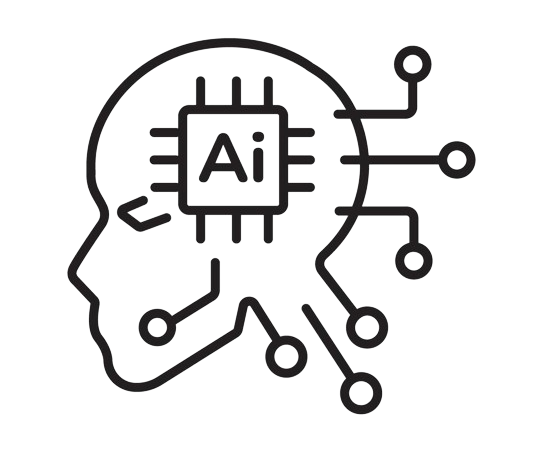Vectors and vector spaces
Vectors and vector spaces are fundamental concepts in linear algebra and are widely used in various fields such as physics, engineering, computer science, and economics. Here’s a detailed explanation incorporating the appsbubble:
Vectors
A vector is a mathematical object that has both a magnitude (or length) and direction. In more technical terms, a vector is an ordered list of numbers, which are called the components of the vector. These components can represent different things depending on the context, such as physical quantities (like velocity, force) or abstract values (like weights in machine learning models).
Example in 2D and 3D Space:
2D Vector: A vector in a 2-dimensional space might look like v=(34)v=(34). This vector has a magnitude and points in a certain direction in the 2D plane.
3D Vector: A vector in a 3-dimensional space might look like u=(123)u=
123
, which points in a certain direction in 3D space.
Key Properties:
Magnitude: The length of the vector, often denoted as ∣v∣∣v∣, calculated using the Pythagorean theorem for 2D or 3D vectors.
Direction: The orientation of the vector in space.
Vector Spaces
A vector space (or linear space) is a collection of vectors that can be added together and multiplied by scalars (real numbers), and these operations satisfy certain rules (axioms). Essentially, a vector space provides a framework where vectors can be manipulated in a consistent and structured way.
Definition:
A vector space VV over a field FF (such as the real numbers RR) is a set of vectors that satisfy the following conditions:
Vector Addition: For any two vectors uu and vv in VV, the sum u+vu+v is also in VV.
Scalar Multiplication: For any vector vv in VV and any scalar cc in FF, the product cvcv is also in VV.
Zero Vector: There exists a zero vector 00 in VV such that v+0=vv+0=v for any vector vv in VV.
Additive Inverses: For each vector vv in VV, there is a vector −v−v in VV such that v+(−v)=0v+(−v)=0.
Distributive and Associative Properties: Vector addition and scalar multiplication follow specific distributive and associative properties.
Applications (Using appsbubble as an Example)
Let’s imagine an application named appsbubble that deals with data analysis or machine learning. Here’s how vectors and vector spaces might be utilized:
Data Representation: In appsbubble, each data point could be represented as a vector. For example, if you’re working with a dataset of user profiles, each profile could be a vector with components like age, location, preferences, etc.
Feature Space: The set of all possible user profiles forms a vector space, often called the feature space. In this space, operations like adding user profiles (vector addition) or scaling them by importance (scalar multiplication) are meaningful and follow the rules of vector spaces.
Machine Learning: If appsbubble implements machine learning models, vectors could represent inputs to a model, and the model itself operates in a vector space. For instance, the weights of a neural network are vectors, and training involves adjusting these vectors within the vector space to minimize errors.
Dimensionality Reduction: Appsbubble might also use techniques like Principal Component Analysis (PCA) to reduce the dimensionality of the data, effectively finding a smaller vector space that captures the most important information.
Conclusion
Vectors and vector spaces provide the mathematical foundation for many operations and algorithms in applications like appsbubble. They enable the representation and manipulation of data in structured ways, which is essential for fields like data science, physics, and engineering. Understanding these concepts allows developers and scientists to build more efficient and effective solutions.

